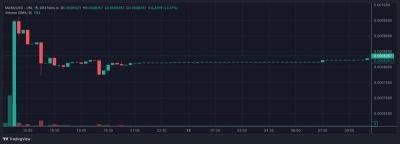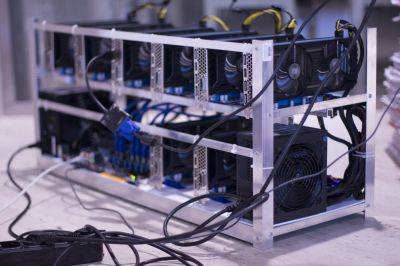What is Twitter’s rate limit, and can you bypass it?
Twitter’s rate limit is a tool created to control how their application programming interface (API) is used in order to stop abuse and provide equitable access to resources. It sets restrictions on how many queries a user or application can submit in a certain period of time.
This article will shed light on the rationale behind Twitter’s rate limit and how programmers can successfully operate within its limitations.
Twitter implements rate limits to safeguard the performance and stability of its platform. The rate limit is defined as the maximum number of requests per API endpoint permitted within a window of time, often 15 minutes. So, if an endpoint has a rate limit of 900 requests per 15 minutes, it means that you are allowed to make up to 900 requests within any 15-minute interval.
Depending on the authentication method you’re using, rate limits may be imposed. For instance, if you utilize “OAuth 1.0a User Context,” you will have a cap on the total number of Access Tokens that each set of users can have at any given time. In contrast, if you use an “OAuth 2.0 Bearer Token,” your application will have a distinct cap on the number of requests it may make in the allotted time. An error will be returned if these restrictions are exceeded. Read on to learn more about these specifics and get advice on how to avoid rate limiting.
Twitter uses two different types of rate limits: user token level and ad account level. A user token refers to the OAuth access token utilized for authentication and calling the Ads API. Each user token can be associated with one or multiple ad accounts. However, only a specific set of endpoints are configured to utilize ad account level rate limiting.
Elon Musk recently announced that Twitter has
Read more on cointelegraph.com






















